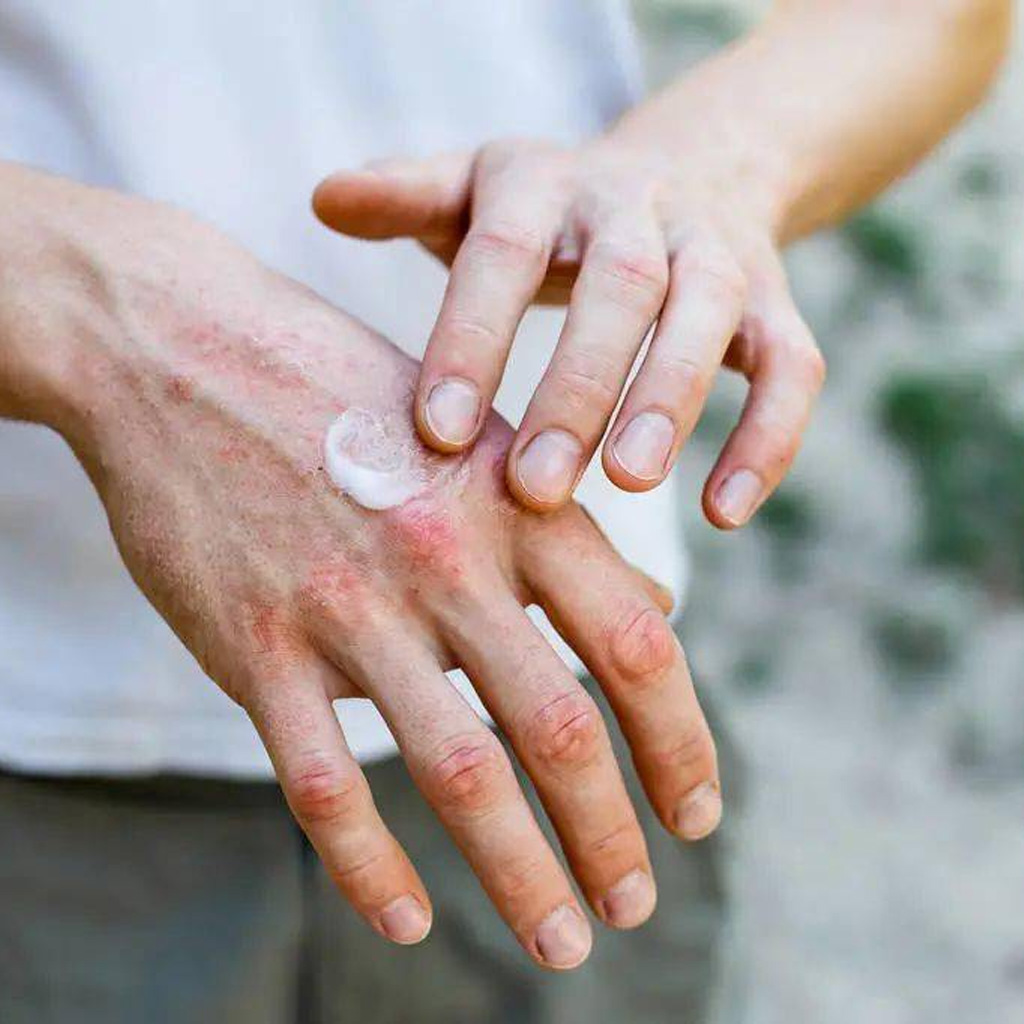Free Fire: Becoming the Hottest Tactical Competition Game in the US After Its Success in Southeast Asia and Latin America
Supercell‘s sixth mobile game "Rush Wars" is now in beta
How to Get More RP in League of Legends (LOL)
Mario Kart Tour Races to $200M revenue and 200M Downloads
What do you Know About Credit Scores!
Angry Birds Journey Soft Launch Takes Flight
Psoriatic arthritis or PsA is an inflammatory disease. It can develop in people with psoriasis. PsA causes pain, stiffness, and swelling around joints. It affects about 30% of people with psoriasis.
According to the Arthritis Foundation, PsA affects both males and females equally. It usually develops after age 30.
Lifestyle changes are the only things that can help manage PsA symptoms and provide relief. Alternatively, there are certain specialized treatments that one can go for. Let’s take a look at some of the lifestyle changes and treatment options that exist for treating PsA.
How does psoriatic arthritis progress?
Psoriasis often appears before PsA in many people. Joint pain generally begins within ten years of first developing psoriasis. There are cases where individuals have PsA without ever having suffered from psoriasis.
There are no predictive factors for the development of PsA. However, a few risk factors include:
●A family history of the condition
●Pathogen exposure, such as exposure to HIV and streptococcus
●Smoking
●Being overweight or obese
●Between the ages of 30 and 50
●Having prior psoriasis
●An instance of physical injury-induced inflammation

How do you spot this disease early?
Studies have revealed that 2% to 3% of people with skin diseases suffer from PsA. Some signs for PsA include:
●Changes in fingernails and toenails
●Fatigue that does not go away after rest or sleep
●Back pain located in the sacroiliac joint where the spinal cord joins the pelvis
●Eye Inflammation
●Reduced movement capacity in joints
●Swelling similar to sausages on one entire finger or toe
●Scalp psoriasis
●Pain along a tendon or ligament such as the Achilles tendon at the back of your feet
●Skin rashes as well as nail changes on any finger/toes
Treatment overview for managing psoriatic arthritis
There are various ways for managing psoriatic arthritis, according to many doctors. But sadly, there isn't any permanent cure. Managing psoriatic arthritis involves the treatment of symptoms, maintaining a better quality of life, arthritis, and skin care.
Medication-based treatment can comprise prescriptions and over-the-counter drugs. These may be nonsteroidal anti-inflammatory drugs (NSAIDs), corticosteroids, or disease-modifying antirheumatic drugs (DMARDs).
Each person with PsA will experience it differently. Doctors prescribe treatments specific to the person’s symptoms and general health. For example, a doctor might suggest lifestyle and diet changes that can help alleviate the symptoms.
These include regular exercise, making changes in dietary habits, reducing stress levels, minimal alcohol intake, or entirely quitting drinking and smoking.
The power of exercise and diet in managing psoriatic arthritis
Joints contain a unique fluid called synovial fluid to save them. Exercise stimulates this flow, which helps to moisturize the joints to help them move smoothly.
According to the Department of Health and Human Services (DHHS), people should be exercising a minimum of 150 minutes a week.
Physical activities like walking, swimming, and biking are easy on the joints and can reduce stiffness. Exercise also builds muscles around the joints, which helps support them.
Eating well is vital as it affects overall health. Certain foods have anti-inflammatory effects and can protest against problems that come with PsA, such as heart disease.
Consuming healthy diets in order to avoid obesity is important because excess body fat causes inflammation leading to PsA flares.
Foods that may reduce inflammation and lower the risk of heart disease include fatty fish like salmon, trout, mackerel, and sardines; nuts like flaxseeds, walnuts, and pumpkin seeds; olive oil; lean proteins like skinless chicken and pork; and cruciferous vegetables like broccoli, kale, and Brussels sprouts.

The effects of stress
PsA symptoms can worsen due to stress. When stressed, the body’s reaction to inflammation becomes heightened. This could result in joint swelling and pain.
Chronic stress sets a vicious cycle of mental agony and physical suffering. To cope with tension, one may:
●Visit a counselor.
●Have a chat with someone close.
●Follow medical advice for relief from arthritis.
●Do regular workouts.
●Apply some relaxing techniques into your life.
The role of enough rest
You can experience fatigue due to PsA, and enough rest is required to heal it. Resting is vital if joints are painful. Supporting fatigue management calls for exercise, diet, and physical or occupational therapy. Here are habits that can help you sleep better:
●Maintain the same bedtime and waking time every day.
●Ensure that the room is darkened, calm, and at an agreeable temperature.
●Remove all screens from the bedroom area.
●Don’t eat big meals, drink coffee, or take alcohol before going to bed.
●Engage in enough physical activities during the day.

Alcohol and smoking: managing risks for people with PsA
If you are on drugs to treat PsA, you should not drink alcohol. According to the American Academy of Dermatology Association (AADA), drinking more than two alcoholic beverages a day for men and one alcoholic beverage a day for women can have devastating effects.
Medications may not work properly or stop working altogether.
You increase the chances of a successful treatment if you reduce alcohol consumption. This can lead to having more remissions and lowering the risk of liver damage.
The AADA also recommends quitting smoking to:
●Reduce the chances of developing diseases of the liver, heart, blood vessels, and gums.
●Decrease the risk of autoimmune diseases such as Crohn’s disease.
●Reduce psoriasis flares
●Increase remissions
Managing related conditions
PsA often coexists with other diseases, like cardiovascular disease, which is common. There may also be inflammatory bowel diseases as well as eye problems. Management of these correlated conditions reduces inflammation and generally controls stress levels.
During their initial PsA flare, some patients note abnormalities in their skin or nails before they experience pain or stiffness in the joints. Others might never have skin symptoms at all.
When experiencing a flare-up of PsA or if new symptoms emerge, it would be best to contact a physician immediately.
Managing psoriatic arthritis (PsA) involves addressing various aspects, from lifestyle changes to specific treatments. While there's no permanent cure, effective management can improve quality of life and alleviate symptoms.
Regular exercise, a healthy diet, stress reduction, and avoiding alcohol and smoking play crucial roles in managing PsA. Additionally, monitoring for related conditions and consulting with a doctor when new symptoms arise can lead to better outcomes.